What is the special treatment of coffee beans? Is the coffee treated with anaerobic enzyme fragrant beans?
Have you noticed that coffee beans treated by traditional methods are becoming less and less common in recent years?
Even the Ethiopian coffee beans, which are rich in acid, and the Panamanian rose summer coffee beans, which have delicate flower and fruit aromas, are gradually using special treatments.
What is the special treatment of coffee?
Since 2014, a coffee bean treated with anaerobic honey has made it into the Costa Rican winning list, which has led to an upsurge of "anoxic" fermentation.
The most important feature of "anoxic" fermentation is that by sealing the oxygen-free environment, the bacteria that prefer oxygen will be "suffocated", and then people can control the fermentation state of the coffee fruit in the sealed pot.
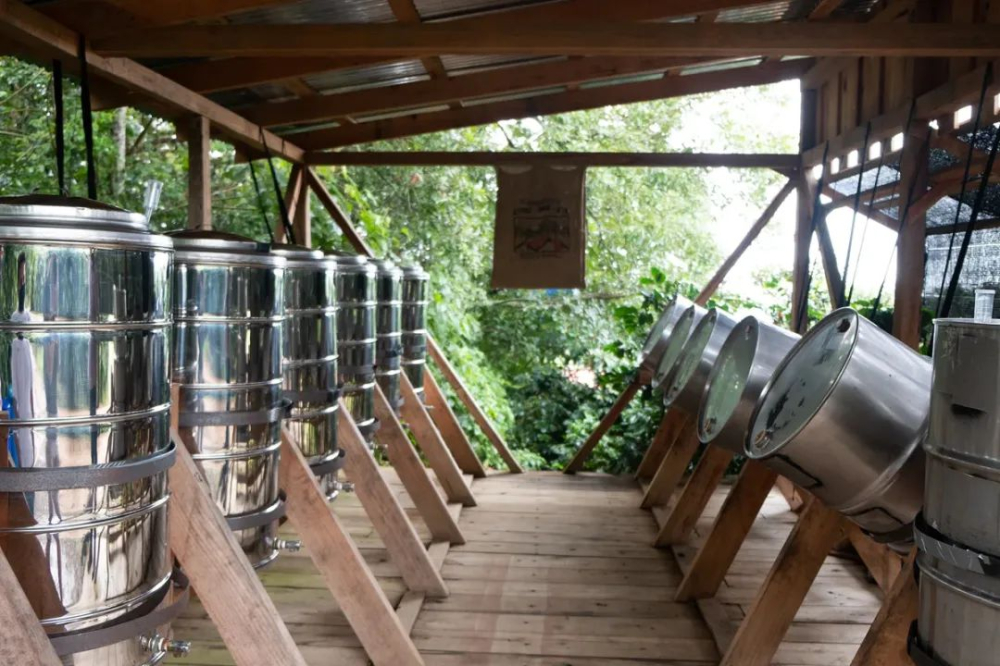
How to control it? To put it simply (but simply, it is too complicated to discuss in detail) after those bacteria that can easily lead to corruption are not active, people precisely control the fermentation time by pinching the temperature, pH, sugar, pressure, gas, etc., so that the pulp, pectin and fructose of the coffee fruit are decomposed to provide more strong aroma for the coffee beans.
This special treatment was also used in the 2018 WBC contest, because five of the top six winners used anaerobic fermented beans, which began to attract more attention from the market and consumers.
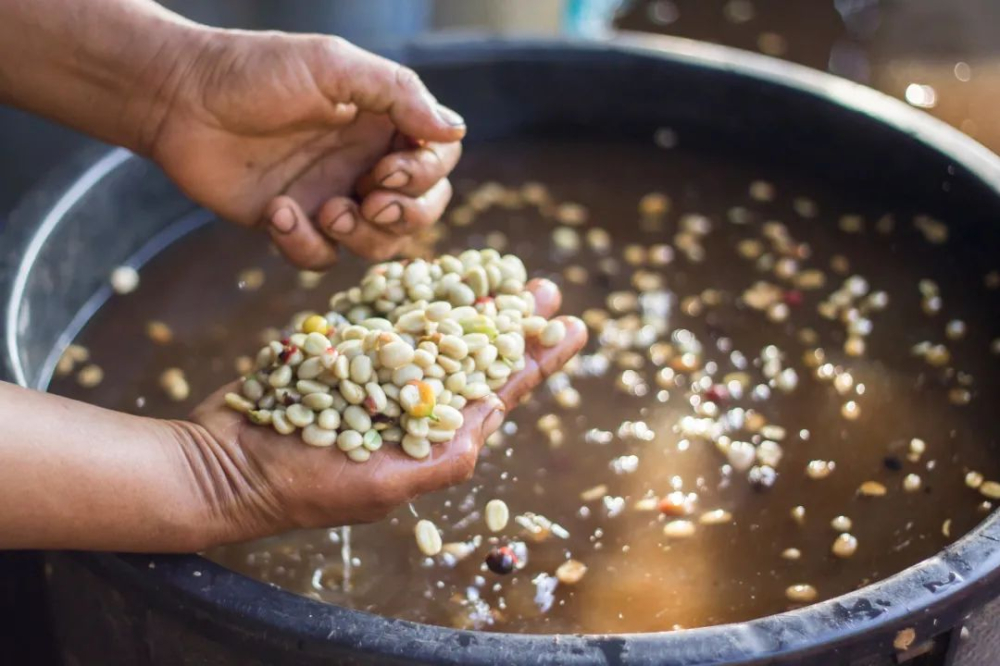
In less than 5 years, the anaerobic treatment has gradually developed the treatment of double anaerobic, cold fermentation, hot fermentation, anaerobic + enzyme, specific strain and so on, from the beginning of oxygen extraction / carbon dioxide injection.
What are the enzymes in the treatment?
Among them, the "enzyme" of anaerobic enzymes is now the hottest place for consumers to discuss. The enzyme here actually refers to the "coffee fruit extract". For example, when the coffee fruit is washed, there will be a process of soaking and fermentation in a pool, and the water in these pools is the coffee fruit extract.
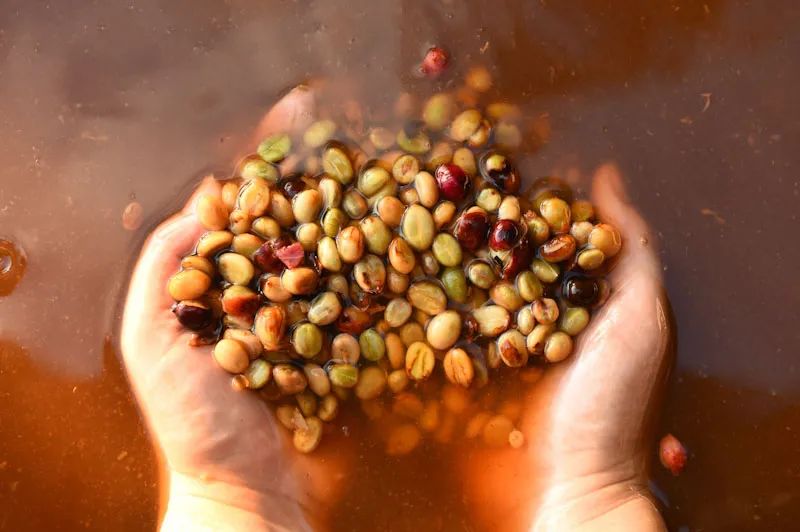
Enzymes refer to the products of fermented food, and the juices fermented from different foods will show a vinegar-like sour taste, taste sweet and sour, and have the taste of alcohol (in the case of proper fermentation). Rarely show the original flavor of the fermentation.
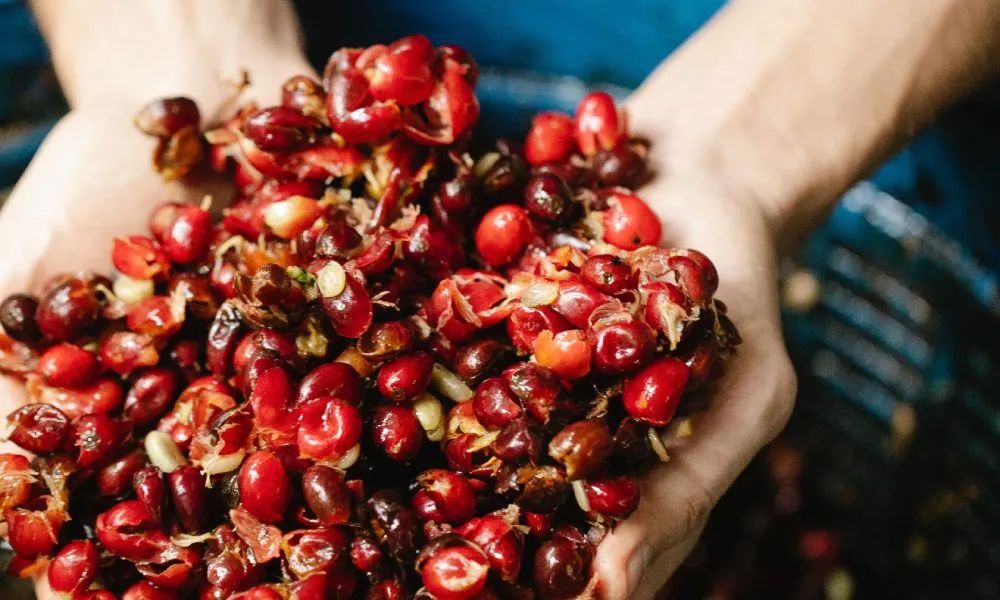
When people mention enzymes, they think that they have a clear flavor, because many enzyme products will be post-processed to show an obvious flavor of the fermentation itself, so many consumers will think that enzyme is a flavor substance. But in fact, the addition of enzymes only adjusts the pH of the fermentation environment, so that the fermentation of coffee fruit has a different effect.
Of course, we do not know whether there are businessmen who add flavor substances made by enzymes and post-processed enzyme products in the later stage.
There are more and more special treatments for coffee. Is it good or bad?
More and more coffee producing areas / estates are using anaerobic treatment to process coffee beans, the original goal is to create differentiation, in the hope that their own coffee beans can get the attention of the world.
Partners who understand the effect of altitude on the flavor performance of coffee beans in coffee producing areas should also know that the higher the altitude is, the more rich and refined the flavor will be, while the overall performance of some coffee beans grown at lower elevations will be quite boring.
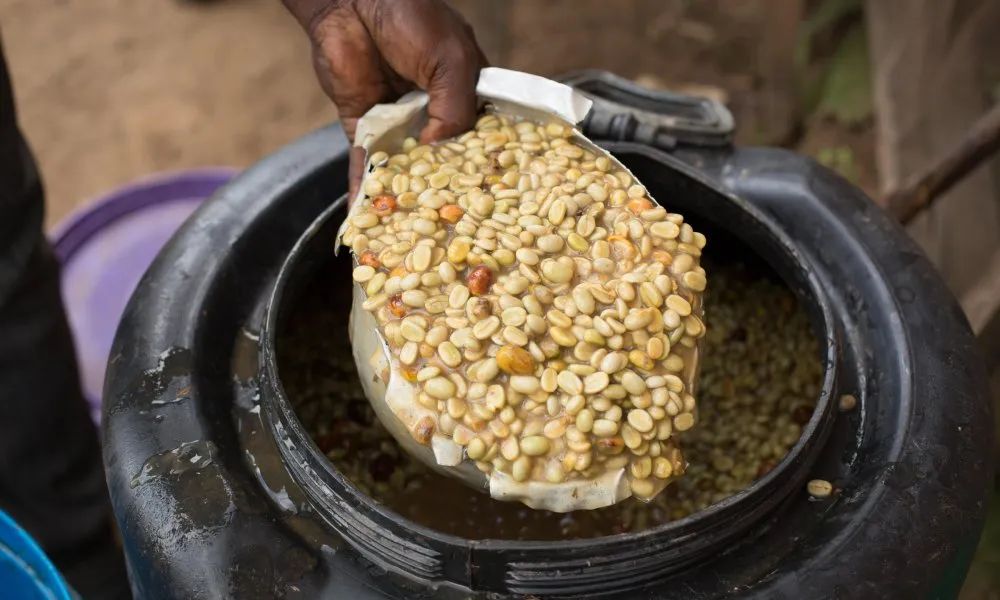
The elevation of a coffee growing area must be high and low, and there must be a significant difference in flavor and level between 1200m and 1800m coffee beans, so coffee beans in low altitude areas tend to be paid less attention to.
While some growers at low elevations want their coffee beans to be "out of the ground", special treatment seems to be one of the quickest ways for people to pay attention to coffee beans at low elevations. For coffee growers, the special treatment is undoubtedly the savior.
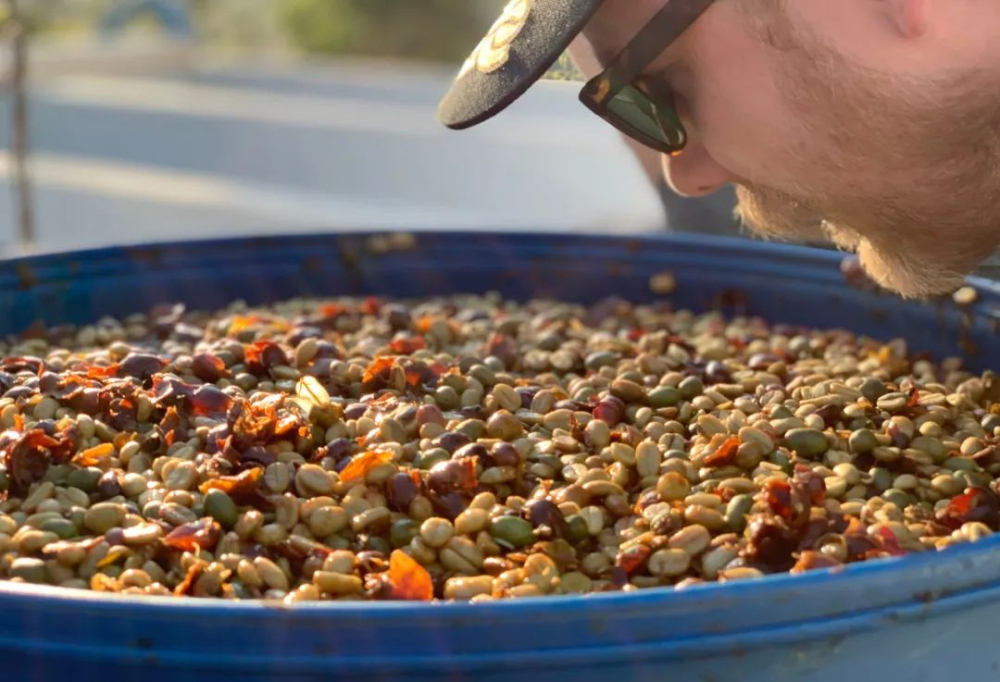
Even if they are not coffee growers at low altitudes, growers of Rosa varieties in Panama's high altitudes need to make their Rosa coffee beans more recognizable through anaerobic fermentation in more than a decade.
For the coffee market, under the influence of coffee competitions, coffee culture, and more coffee lovers, more and more consumers have a demand for coffee beans that can give themselves a flavor, and the market will naturally choose more coffee beans with special treatment.
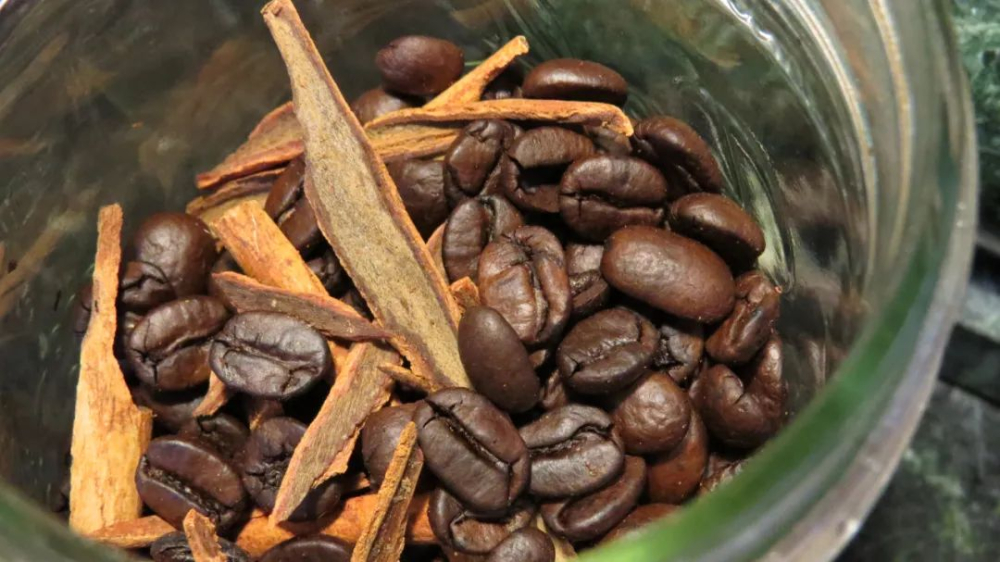
Compared with coffee that is only bitter at first, specially treated coffee beans have also changed the attitude of many consumers towards coffee. For mass consumers, the practice that can only change the bitterness of coffee in the past and make it richer and fresher will not be excluded.
Can these anaerobic treatments be regarded as flavor enhancement treatment?
Until now, the definition of flavored coffee in the industry is relatively vague. The sasa view of the World Coffee Champion, who invented carbon dioxide impregnation (CM), is as follows: these coffees are flavored coffee marked with information and additives, and these beans should not appear in any competition because they are suspected of cheating.
He also made it clear that in the Nicaraguan experiment, low-flavor varieties and low-altitude coffee beans dipped in carbon dioxide did improve the flavor performance of coffee (which is why such coffee beans were banned from the raw bean competition).
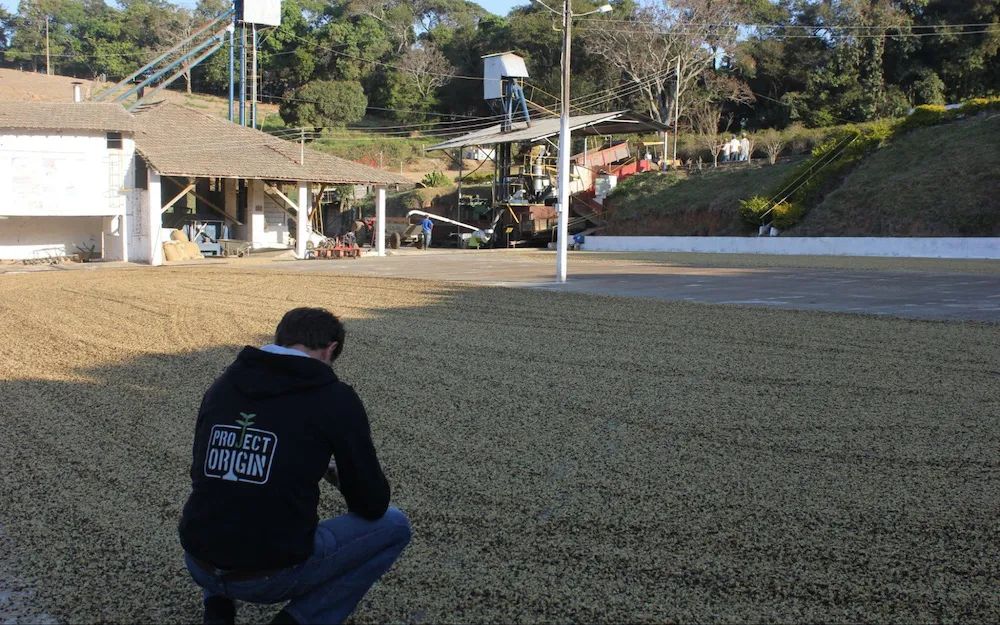
But this is through the control of coffee fruit fermentation produced by the flavor, can not be regarded as flavor enhancement. Flavor enhancement should mean that the taste of the substance added during the treatment will eventually be reflected in the coffee, such as flavor extract or essence. Sasa believes that these need to make coffee information transparent in order to meet the concept of traceability of individual coffee. Adding enzymes as the catalyst of fermentation, or adding yeast and probiotics to participate in fermentation, the final coffee does not have the flavor of additives, but the flavor produced through the fermentation process is not flavor-enhancing coffee.
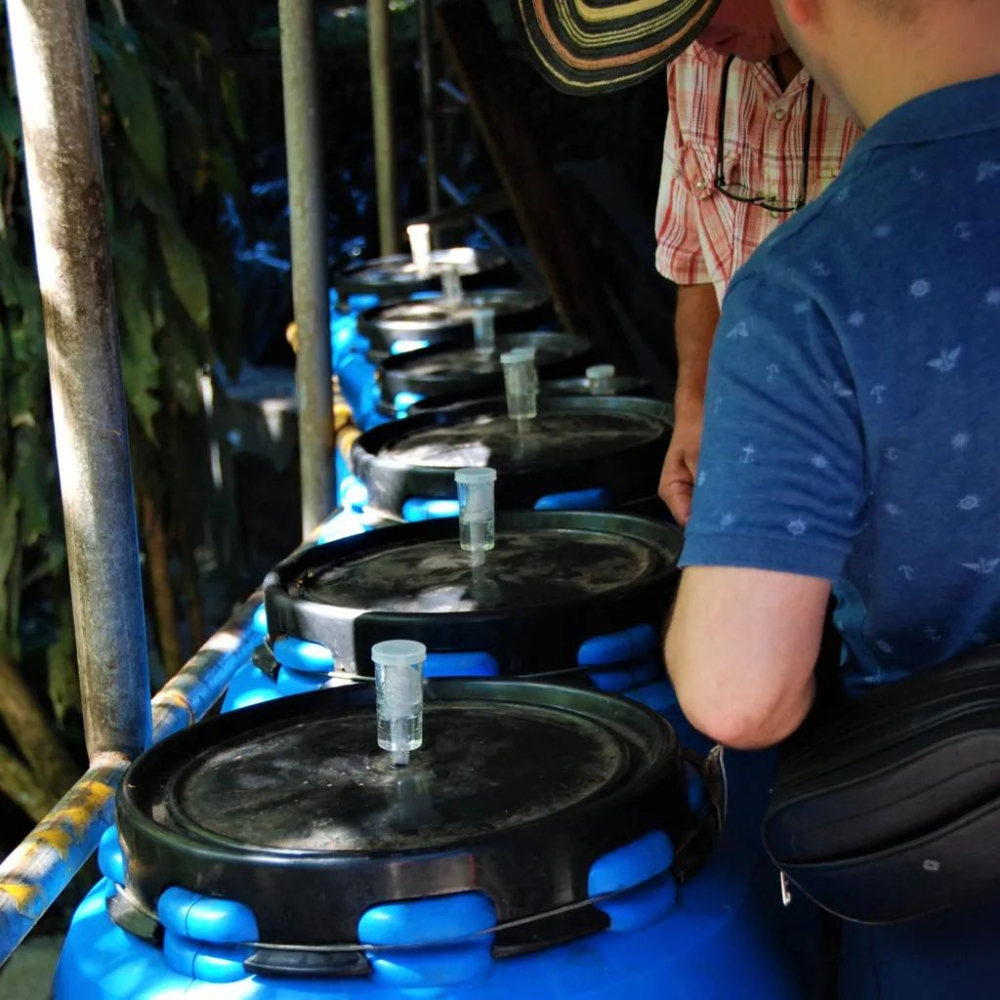
As long as the consumers at the end have a clear, transparent and true understanding of how the coffee they drink is grown and handled, the final choice lies with the consumers. Just like tea and new tea, different consumers have their own reasons to choose the same product, there is no good or bad, food culture, but also related to personal preferences.
Important Notice :
前街咖啡 FrontStreet Coffee has moved to new addredd:
FrontStreet Coffee Address: 315,Donghua East Road,GuangZhou
Tel:020 38364473
- Prev

A tutorial on the brewing techniques of family hand-made coffee the effect of coffee grindness on its taste
Yesterday, when Zhengzhong Street was focusing on filling the coffee powder in the filter cup, a "onlooker" asked a question about the family hand: why is it so different from what you drink at home when it is the same coffee bean? No matter how the adjustment is not right, which link has gone wrong? Just like this.
- Next
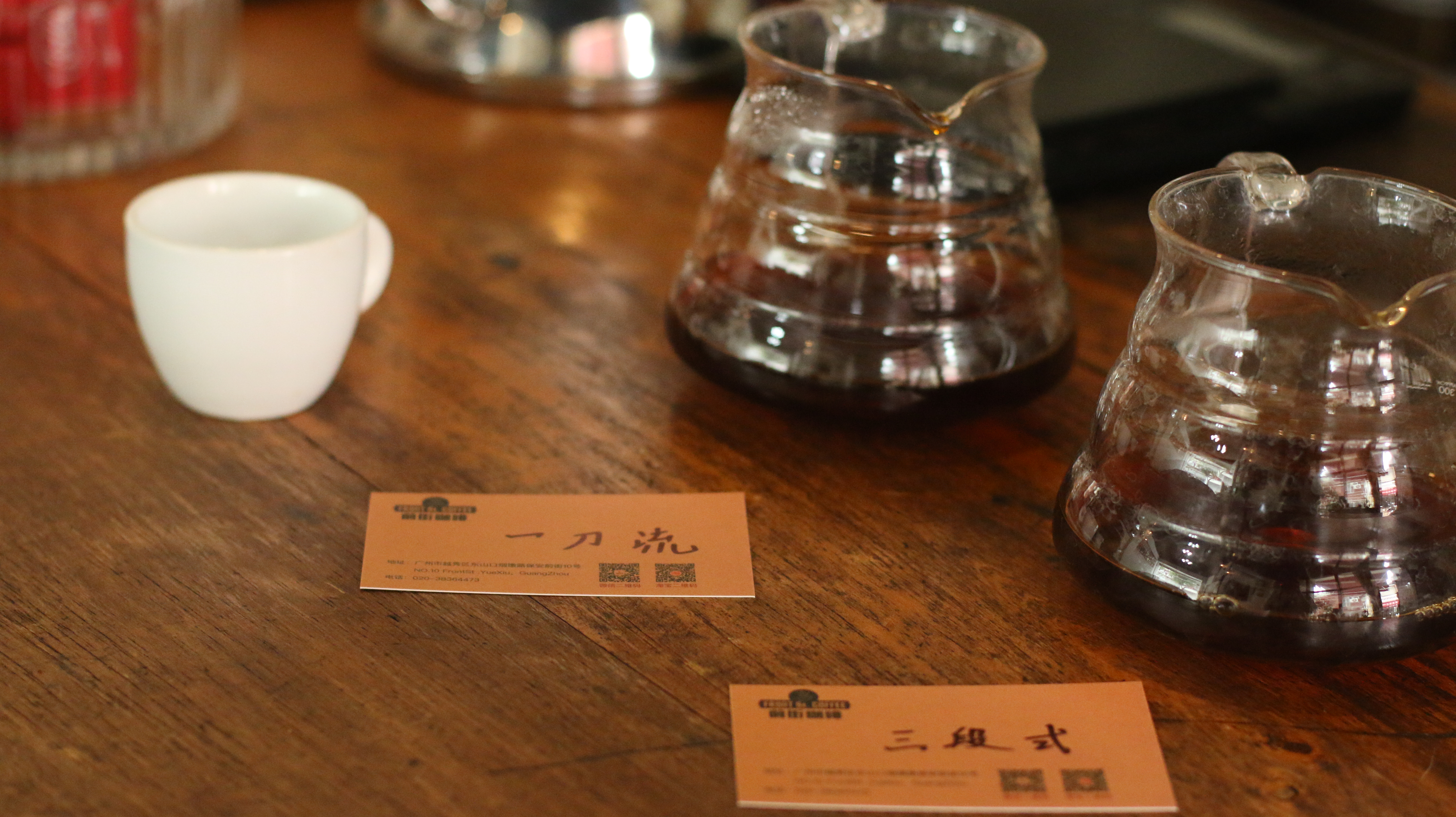
What does it mean to have coffee all over the place? The difference between the characteristics of one-cut flow and three-stage hand punching
When it comes to the topic of segmented water injection, some people like to rush to the end, others like to make a clean break, and the "omnipotent" three-stage style commonly used in front street. A few days ago, when Qianjie was carrying a pot for water injection, some guests wondered: "Why don't you do it all at once? is it because it's too simple?" . He thinks he's at home.
Related
- What is the meaning of lactic acid fermentation with coffee bean treatment?
- How to judge the state of foam by sound?
- How does the latte pull out the unicorn pattern? Come to get for a little trick to improve the flower pull!
- Will flower pulling affect the taste of the latte?
- Do you know the history of coffee?
- The difference between honey treatment and sun washing what is raisin honey treatment?
- What kind of milk can a novice use to make coffee foam to keep the foam longer? The correct method and skills of milking tutorial sharing
- Why do washed coffee beans taste sour? Flavor characteristics of washed Coffee
- Introduction to the skill of how to practice the size and height of water injection around the circle of hand-brewed coffee
- How do beginners practice coffee flower drawing from scratch?

